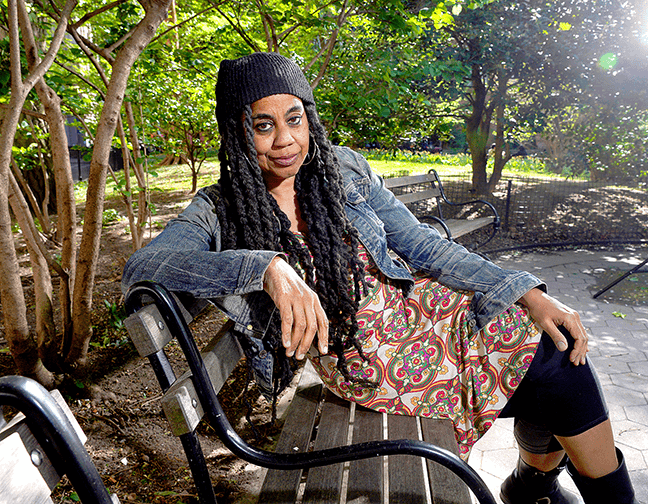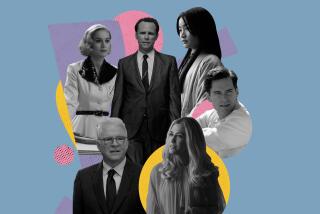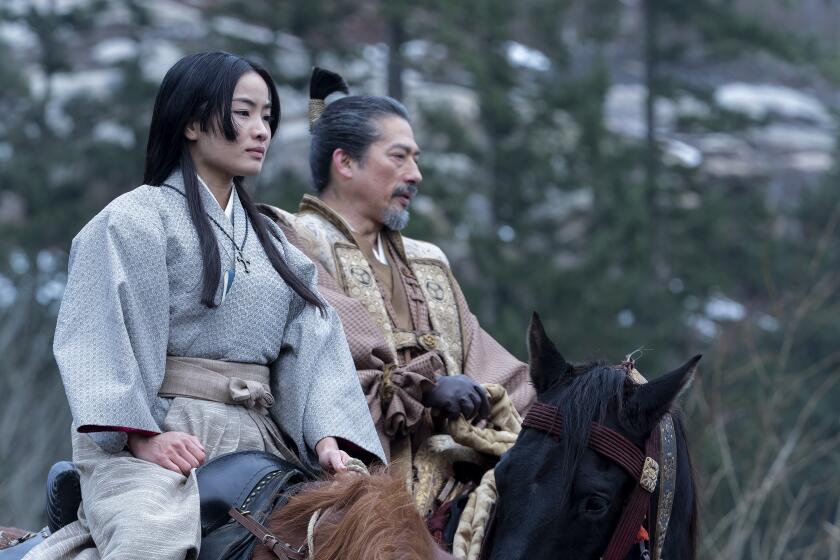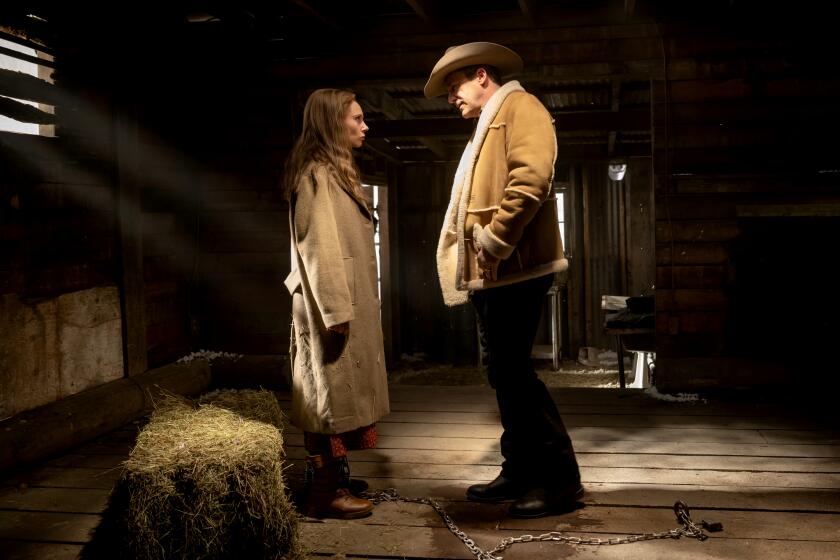Directors unfold the drama to this season’s Emmy race

With audiences more attuned to smart storytelling and deeper meaning, directing episodic television takes more thought and vision than ever. Directors now must be in tune with recurring thematic elements, characters’ POVs and a story’s emotional texture.
This year’s crop of Emmy-nominated directors in the drama category — Julie Anne Robinson (“Bridgerton”), Liz Garbus (“The Handmaid’s Tale”), Benjamin Caron (“The Crown”), Jessica Hobbs (“The Crown”), Steven Canals (“Pose”) and Jon Favreau (“The Mandalorian”) — bring together a mix of showrunners and series regulars who know the intricacies of each show, giving them a leg up in melding subtext to story arcs.
We talk to several of them about how they approached their nominated episodes.
Julie Anne Robinson
“Bridgerton”
(“Diamond of the First Water”)

In directing the debut episode of steamy period drama “Bridgerton,” Robinson wanted the piece to feel relevant and contemporary — including the music — yet remain true to its 1813 setting. “Everything we attempted in the pilot could have been achieved in the period in which the show was set,” Robinson notes.
The Envelope Showrunners Roundtable gathers the creators of ‘Bridgerton,’ ‘Dickinson,’ ‘Hacks,’ ‘The Handmaid’s Tale,’ ‘Genius: Aretha’ and ‘Small Axe’ to talk television today.
“For example, Chris Van Dusen [the show’s creator] and I wanted to create a truly magical experience when the hundreds of lights came on in Vauxhall Gardens. This is the first time that these people would have seen lighting on this scale, and it’s based on a true event. [Production designer] Will Hughes-Jones took great pains to create an experience that in many ways would have been accessible to the 1813 audience but still remains magical to our audience today.”
While lighting schemes were designed to feel organic, Robinson, who was a theater director before working in film and television, leaned into telling the emotional stories of the characters first and let the spectacle of each scene be second to that. “I like to rehearse as much as possible with the actors and, together with Chris, we built the shape of the scenes, having in-depth conversations about the characters and scenes before the cameras even start to roll.”
Liz Garbus
“The Handmaid’s Tale”
(“The Wilderness”)

The Season 4 finale, Garbus notes, was “an extraordinary episode to direct,” one that “centered around thematic questions about control and abandonment” as June (Elisabeth Moss) eyes revenge against her former captor, Fred Waterford (Joseph Fiennes).
“The tone and cinematography both reflected and helped augment those themes,” says Garbus. “I also wanted certain scenes and shots to refer back to earlier turning points in June’s journey — the first salvaging, her failed escape attempt with Hannah and so forth. At the end of the day, it’s about the centrality of June’s point-of-view in exploring those questions.”
Emma Corrin, Hugh Grant, Ethan Hawke, Anthony Mackie, Elisabeth Moss and Jurnee Smollett take us behind the scenes to talk narcissists, grandparents and delivering meaningful work.
For the episode’s more poignant moments, Garbus let the actors dig in and explore new things. “For Joe and Lizzie, this episode was such an important milestone in their relationship. She is such a remarkable actor, capable of the minutest calibrations that, from take to take, we could alter the tone just a hair and have a completely alternate meaning for the scene, and play with the different versions in the edit room. Joe and Lizzie did really deep work on their key scene when June visits Fred in his cell.”
Benjamin Caron
“The Crown”
(“Fairytale”)

The episode that has Diana (Emma Corrin) moving into Buckingham Palace to become princess is grounded in the “emotional weather of the script,” Caron says.
“As a guiding principle, I like to focus on the anthropological weirdness of these people and this cold, often lonely, institution. I focus on the uncomfortable stuff, the piece of gravel in the shoe, the emotional texture of the story that I can amplify through the visuals,” says the director.
In the scene in which the royal family greets Diana at the palace, Caron used a revolving camera to magnify awkwardness and a sense of events slipping out of control. In other scenes, the framing reflects the palace’s claustrophobic restraint. By using different visual motifs, Caron was able to highlight Diana’s emotional arc through camera movements as a subconscious way to “reflect the emotional tenor of the moment.”
Jessica Hobbs
“The Crown”
(“War”)
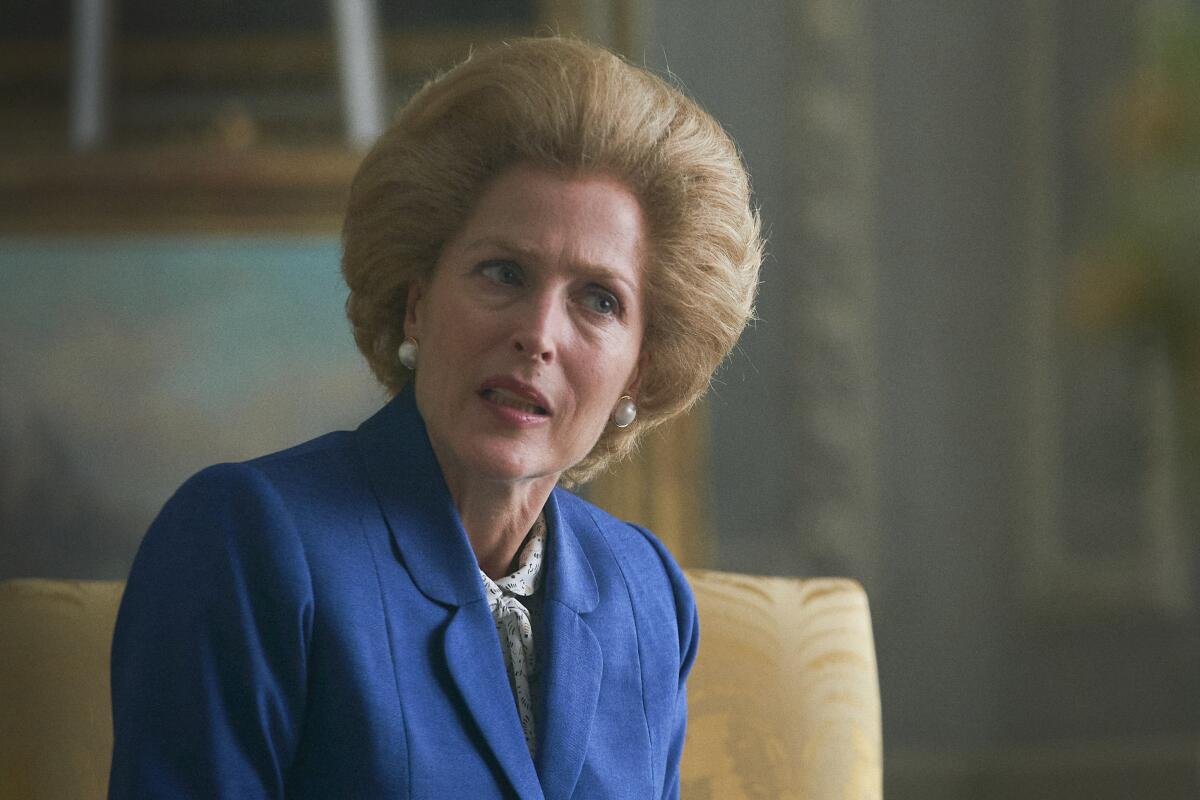
To close out Season 4 of “The Crown,” Hobbs went to “War” in an episode in which Margaret Thatcher (Gillian Anderson) is ousted as prime minister and the separation of Princess Diana and Prince Charles (Josh O’Connor) is beyond palpable.
“This was the culmination of the two challenging females that the Queen (Olivia Colman) comes up against — Thatcher and Diana,” says Hobbs. “In the finale, one was going to exit permanently, and the other was preparing to start a personal war.”
The biggest challenge for Hobbs was figuring out how to balance and combine the story threads of Thatcher’s career demise and Diana’s public rise while keeping the queen seesawing between these two mighty female forces. In preparing for the climactic scenes, the director wanted to truthfully reflect the queen’s discomfort in saying goodbye to Thatcher, and for Diana, she wanted to isolate her so viewers realize how she felt in that moment.
“I was very proud and happy about where we finally landed in the edit structure with the marriage of these two quite separate stories intertwining,” Hobbs says.
Steven Canals
“Pose”
(“Series Finale”)
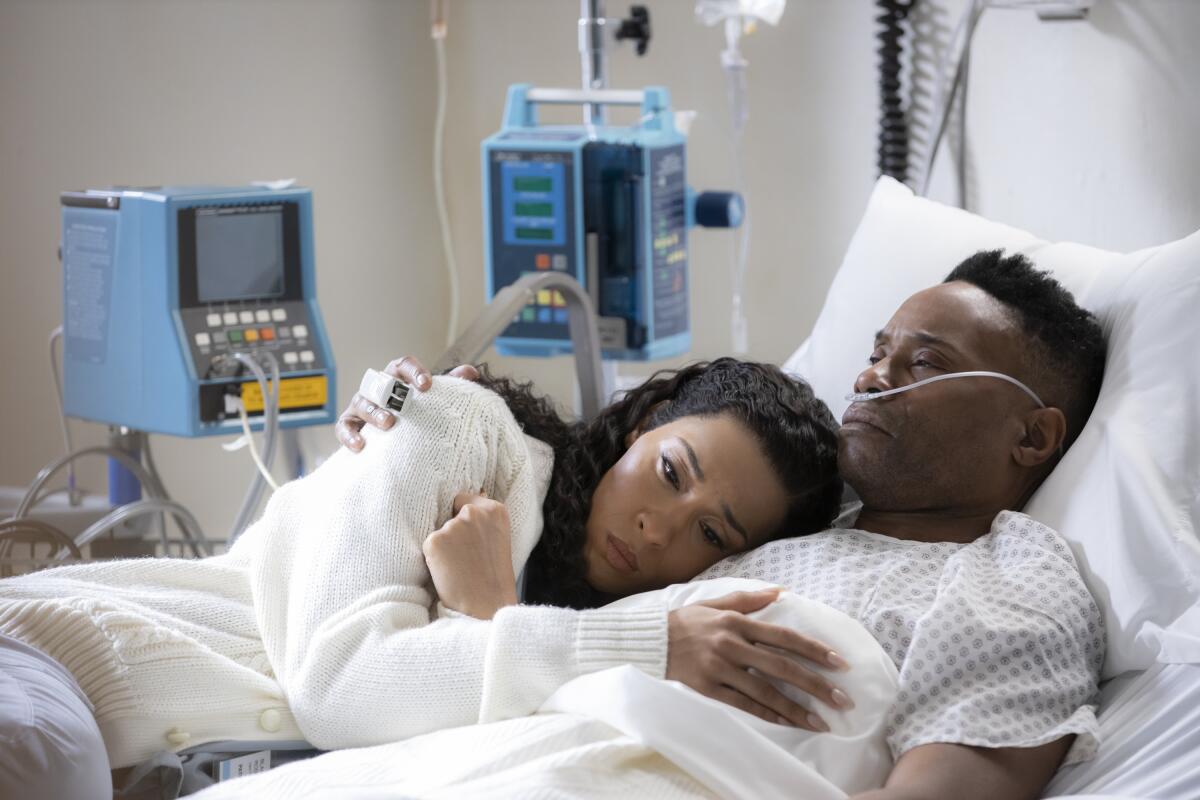
For “Pose” director Steven Canals, who co-created the series that shines a light on New York’s underground ball culture during the 1980s, there was some hesitancy in helming the two-part series finale. “I love these characters and the show so much I didn’t want to f— it up,” he says.
The 80-page script was shot over 20 days, with Canals attempting a visual grammar that parallels the heartbreaking tone. Shots in expansive hallways represent the characters’ long journey, and a red, black and white color palette is used with intention.
Canals also sought to honor historical events, including the public pouring of ashes of people who’d died of AIDS complications. “That’s based on a real event in Washington, D.C., during the height of the AIDS epidemic where the ashes of individuals who died of AIDS were dumped on the White House lawn,” Canals says.
“I spent a lot of time thinking about those moments and how I wanted to represent them. While our story is fictional, we are lifting from real events. To me, the show has all been about telling the rich history of queer and trans people, but also honoring the lives of all those people who came before us, who made a lot of sacrifices.”
More to Read
From the Oscars to the Emmys.
Get the Envelope newsletter for exclusive awards season coverage, behind-the-scenes stories from the Envelope podcast and columnist Glenn Whipp’s must-read analysis.
You may occasionally receive promotional content from the Los Angeles Times.
